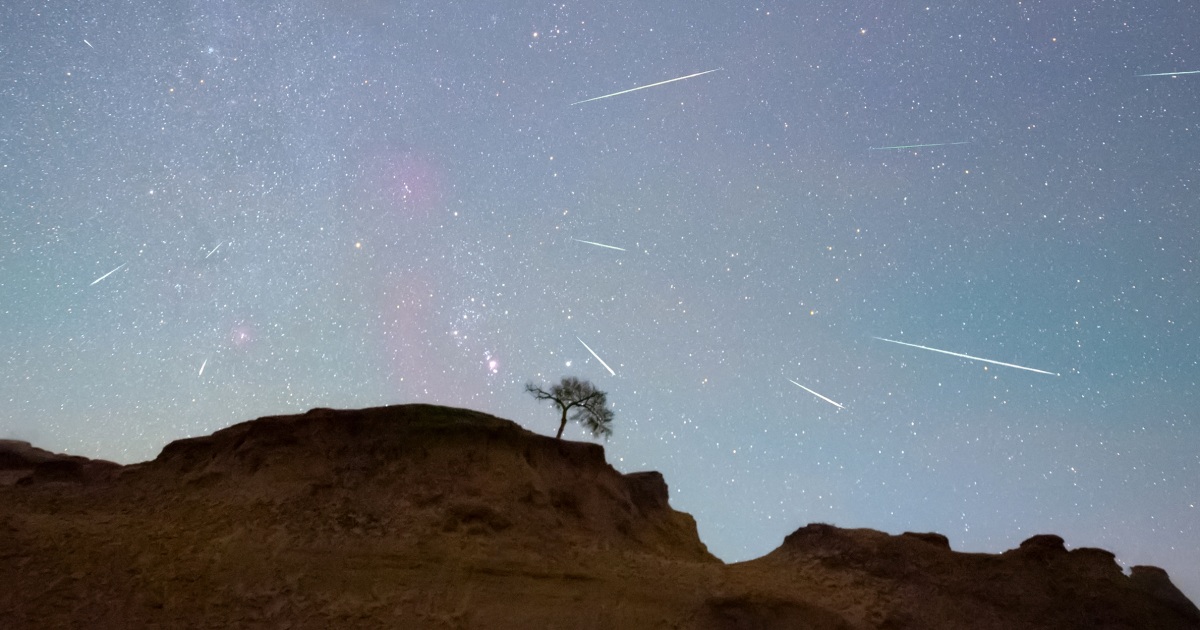
Chromosphere
In space and astronautical engineering, the chromosphere is a layer of the Sun's atmosphere that is located just above the photosphere and below the corona. It is characterized by a reddish glow that is visible during a total solar eclipse. The temperature of the chromosphere increases with height, and it is the site of many important physical processes, including the acceleration of the solar wind and the generation of ultraviolet radiation. The chromosphere is also the source of many of the Sun's most spectacular phenomena, including solar flares and coronal mass ejections.
Your Previous Searches
Random Picks
- Thermosetting Polymer: Thermosetting polymers are a class of polymers that irreversibly cure or set into a hard solid when heated or exposed to a catalyst. This curing process is called cross-linking, which forms a three-dimensional network of covalent bonds betw ... Read More >>
- Voltammogram: A voltammogram is a plot of the current versus the applied potential in an electrochemical cell. It is used to study the redox behavior of a species in solution and to determine the electrochemical properties of the system. The voltammogram ... Read More >>
- Spacecraft Development: Spacecraft development is the process of designing, building, testing, and launching vehicles that are capable of traveling and operating in space. This includes a wide range of vehicles, from small satellites to crewed spacecraft, and invo ... Read More >>
Top News

Bestselling author explains the science of happiness: "You can do the work"...
Bestselling author and Harvard professor Arthur Brooks opens up about how enjoyment, satisfaction and meaning in life can increase a person's wellbeing....
News Source: CBS News on 2024-11-18

November's full moon, known as the Beaver Moon, is the last supermoon of 2024. H...
November's full moon, known as the Beaver Moon, is the last supermoon of 2024. Here's when it peaks and why it's called the Beaver Moon....
News Source: CBS News on 2024-11-15

You can't put a price on the sense of awe particle physics inspires...
Astronomy and particle physics are no longer seen as vital by the US establishment, so funding has fallen. But our work creates a sense of wonder, and wonder matters, says Chanda Prescod-Weinstein...
News Source: New Scientist on 2024-11-13

If you want to stretch your gift game into days this holiday, check out these ad...
The advent calendar phenomenon is growing every year, with so many exciting, fun, beautiful, and delicious options available...
News Source: ABC News on 2024-11-04

November brings a bonanza of meteor showers...
November brings a skywatching bonanza, with three meteor showers — the Southern Taurids, Northern Taurids and Orionids — offering chances to see shooting stars....
News Source: NBC News on 2024-11-02